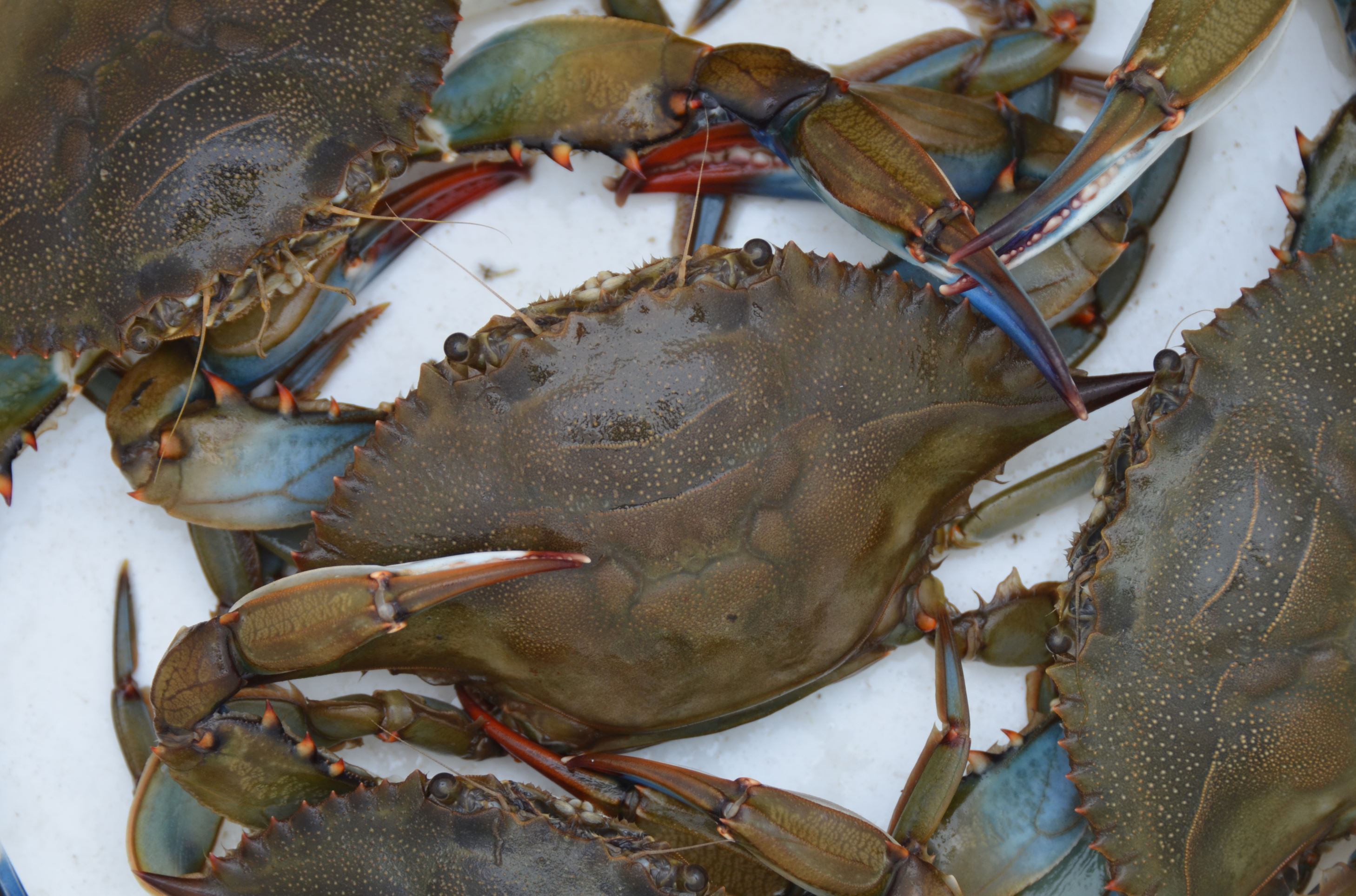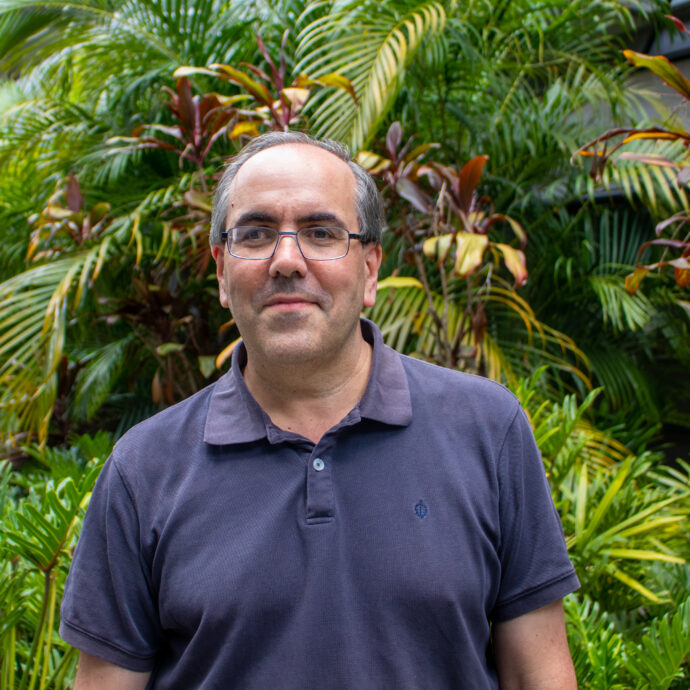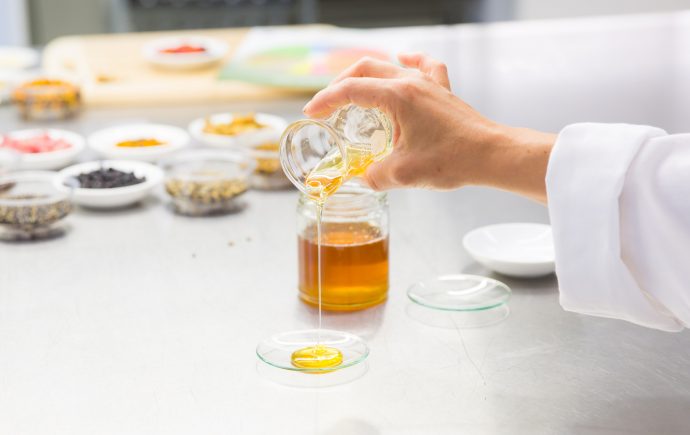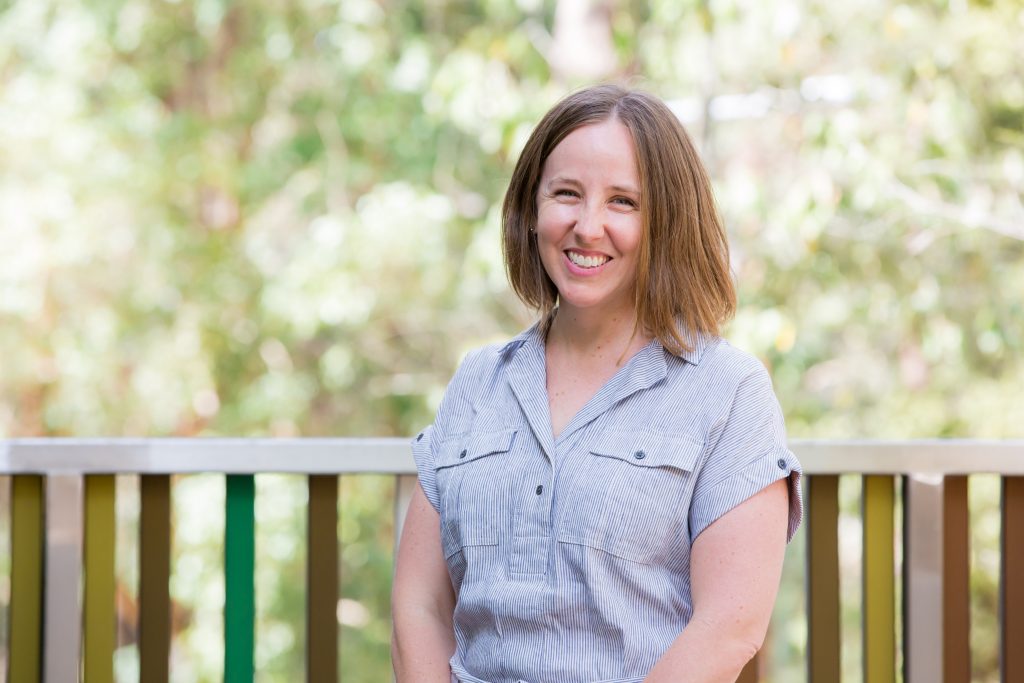Efforts to ensure that consumers are actually getting what they pay for have taken another step forward with advances in food forensics verifying that techniques already used in agriculture can also identify food fraud in fisheries.
QAAFI’s research in the field of food provenance and traceability is crucial to protecting premium markets.
As part of this work Associate Professor Daniel Cozzolino from the Centre for Nutrition and Food Sciences is focusing on chemometric and spectroscopic techniques to create and verify “digital signatures” of food.
In a recent international research collaboration with Dr Aoife Power, from the CREST Technology Gateway of Technological University Dublin, Dr Cozzolino was able to identify adulterated crabmeat.
In one instance, batches of Atlantic blue (Callinectes sapidus) crabmeat had been “padded” with cheaper blue swimmer (Portunus armatus) flesh. In another, batches of crab meat were found to be padded with imitation crab, known as surimi or seafood extender.

Reading digital signatures
Dr Cozzolino applies spectroscopy to his samples, using electromagnetic waves to determine its composition. He uses chemometric techniques, applying algorithms to analyse and process the spectrographic data. The combination of the two fields of research results in a digital signature, or fingerprint, of food.
Dr Cozzolino says a key step in the process is developing the specifications for a particular food product – establishing the baseline fingerprint or signature. This can then be used to either verify a product, or detect food fraud, an issue particularly relevant to fish and seafood, which are considered the commodity most susceptible to mislabelling globally.
However, applications of the technology are much broader, and can be applied from point of origin through to processing final purchase, allowing closer monitoring of the whole value supply chain.

Dr Cozzolino and Dr Aoife also identify spectroscopy at work aboard a commercial freezer trawler in their research which was published by Applied Sciences in June 2020. Spectrographic scanners were able to differentiate between frozen and thawed prawns, and identify differences in salt content, pH and cooking periods.
The new scanning technology provides almost instant results, and can in some cases be done remotely, with drones or sensors. The scans are non-invasive and environmentally friendly, unlike traditional methods of analysing food and seafood, which generally involve the destruction of the sample being tested, and which are also slower to produce results.
At present a handheld infra-red scanner costs about US$25,000, but Dr Cozzolino says new models were coming to the market priced as low as US$5,000.
The food journey
But establishing the digital signature of a product remains the critical first step. At QAAFI, the scanning technology is also being used to identify and verify the provenance of wine, honey and even the native Kakadu plum.

For the Kakadu plum project, researchers were able to pinpoint whether a particular fruit had grown in a coastal area or inland region. “Just based on the spectra and doing some big data machine learning, we were able to identify the origin of a particular fruit,” Dr Cozzolino says.
Dr Cozzolino says bio-spectroscopy can be used to analyse single grains of barley to determine the ratio of lipids, esters, proteins and carbohydrates. Farmers can then focus on growing the varieties of barley best suited for a specific market, such as beer production.
The technology can also be used to record the journey of produce from the farm to the table.
Dr Cozzolino says the technology appeals to farmers, who can use it to improve the quality of their produce and guarantee provenance. Processors can use it for quality assurance purposes and regulators can use it to ensure food safety.
Some agricultural equipment manufacturers already sell harvesting machines equipped with spectroscopy scanners to monitor the composition and quality of what’s being harvested, and New Zealand-based dairy company Fonterra uses spectroscopy in its processing plants to monitor the quality of raw milk.
Food forensics

“Food forensics is becoming very important in the areas of food provenance, fraud and authentication,” he says. “Now we know that the spectra can contain a digital signature of a food, and if we do anything to that food, if we change anything for that particular food, either by heating it or not heating it, changing the storage conditions or adding something else, then that digital signature is going to change.”
Associate Professor Heather Smyth, a senior research fellow at the Queensland Alliance for Agriculture and Food Innovation, says Dr Cozzolino’s work in spectroscopy was a powerful tool in the field of food provenance.
Just like wine, many foods have flavour nuances that relate to the region in which they’re grown, says Dr Smyth, who specialises in flavour chemistry and sensory evaluation.
“In Australia provenance is huge. Our producers have quality premium products. Our food is more expensive to produce, and we produce it sustainably and ethically and to high quality standards. As a result, the food tastes better.”
“Those who produce these products want to protect them, and people all over the world, of course, want to copy them,” she says. The copies, of course, don’t taste as good as the original and the fakes end up damaging the brand of the producers who have invested heavily in good production processes and the provenance of their product.
“That’s the power of this technology, it provides a guarantee that a product is truly authentic, whether it’s barramundi that’s been farmed at Humpty Doo or a Coonawarra Shiraz,” Assoc Professor Smyth says.
Power, A.; Cozzolino, D. How Fishy Is Your Fish? Authentication, Provenance and Traceability in Fish and Seafood by Means of Vibrational Spectroscopy. Appl. Sci. 2020, 10, 4150. https://doi.org/10.3390/app10124150
Contact: Associate Professor Daniel Cozzolino, Principal Research Fellow, Centre for Nutrition and Food Sciences, T: +61 7 336 52144, E: d.cozzolino@uq.edu.au and Associate Professor Heather Smyth, Principal Research Fellow, Centre for Nutrition and Food Sciences, T: +61 7 344 32469, E: h.smyth@uq.edu.au
The Queensland Alliance for Agriculture and Food Innovation is a research institute at The University of Queensland, established with and supported by the Queensland Department of Primary Industries.



